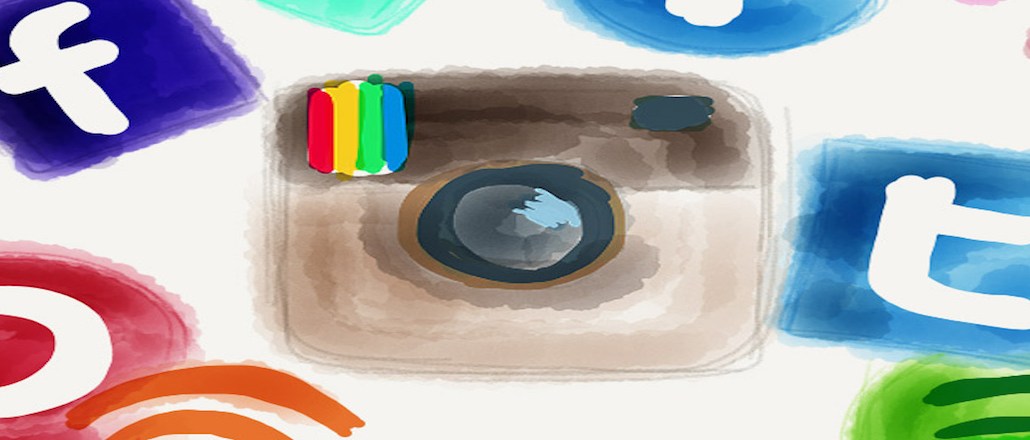
Although APIs are a critical part of scaling digital advertising, the way they work across platforms can be confusing.
Some APIs are easy for marketers to navigate and require no assistance. Others are unwieldy and mandate third-party partners. Digiday talked to agencies to get their take on various platforms’ ads APIs. Agencies reported that Facebook, Instagram and Twitter’s APIs are easy to work with, while Pinterest’s and Snapchat’s are pretty limiting.
Digiday also asked agencies to rate each API on a scale of one to 10. But take the ratings with a grain of salt since APIs evolve and the older players have a huge advantage.
Facebook and Instagram
Facebook’s ads API launched in 2011 and Instagram’s launched in 2015. Although the platforms utilize separate APIs, agencies said that their APIs are very similar in terms of how marketers can create campaigns and define targets. But one difference is that Instagram’s API doesn’t allow for any automated scheduling, so a person has to manually submit orders whenever they want to run an ad, said Hannah Ross, integrated producer at Traction.
While APIs across Facebook-owned platforms are easy to navigate and don’t require the need for third-party partners, it took several years for Facebook to get to this point. For the first few years after Facebook’s ads API launched, there was also poor communication from Facebook whenever ad formats would change, said Big Spaceship CTO Arthur Fullteron. So whenever a format changed, marketers would have to adapt in real time, otherwise the ad wouldn’t get displayed, he said.
But in the intervening years Facebook has fixed those problems, according to sources. These days Facebook “has pretty good tools for all of their APIs,” said Craig Elimeliah, director of creative technology at VML.
Facebook rating: 9.3
Instagram rating: 7.2
Twitter
Twitter’s ads API has been around since 2013, and it doesn’t require a need for third-party partners. It does allow marketers to easily target by location. A few agencies even said that Twitter’s API was the easiest to navigate.
“It continues to move well with the new features they’ve added,” Fullteron said. “Whether you’re looking at Periscope or Moments, it’s all documented very well.”
Rating: 8.2
LinkedIn
Launched in 2012, LinkedIn’s ads API has evolved to include deeper targeting, sources said. It also doesn’t require third-party partners.
“They let you leverage a ton of professional data, which is very attractive to brands,” Fullerton said.
However, once source said that LinkedIn’s API is “frozen in time.” James Douglas, executive director of social media at Mediabrands Society, added that its range of performance reports is limited compared to Facebook and Twitter.
Rating: 6
Pinterest
Pinterest’s API debuted in June 2015. To carry out campaigns and take advantage of all of Pinterest’s targeting capabilities, marketers must rely on third-party partners to work within the API.
While it’s common for newer APIs to require third-party assistance, the clunky nature of Pinterest’s ads API has irked buyers. One buyer even called the interface “archaic.”
Rating: 4.5
Snapchat
The ephemeral communication app has the newest ads API, which launched in June. Although Snapchat is hot right now, marketers find its API wanting. They referred to Snapchat’s API as “unstable” and “clunky.”
“There are still minimum spend thresholds and approval aspects to getting on the platform, so it’s not like a client can easily test out these new functionalities,” Douglas said. “Reporting has always been very poor on Snapchat. There’s really no way to put it in a good context, apart from ‘it can only get better.’”
Rating: 2
Image courtesy of Creative Commons
More in Media

Podcast companies turn to live events to capture growing advertiser spend
The surge in the number of live podcast events in 2025 reflects a broader shift: advertisers are betting bigger on podcasts — not just as an audio channel but as a full-fledged creator economy play.

Media Briefing: ‘Cloudflare is locking the door’: Publishers celebrate victory against AI bot crawlers
After years of miserably watching their content get ransacked for free by millions of unidentified AI bot crawlers, publishers were finally thrown a viable lifeline.

How Vogue could navigate potential industry headwinds as Anna Wintour — who agency execs say made ad dollars flow — brings on new edit lead
Anna Wintour’s successor at Vogue will have to overcome the myriad of challenges facing fashion media and the digital publishing ecosystem.





